95% of plastic polluting world's oceans come from just 10 rivers including Indus
These rivers are also in countries with a high rate of mismanaged plastic waste production
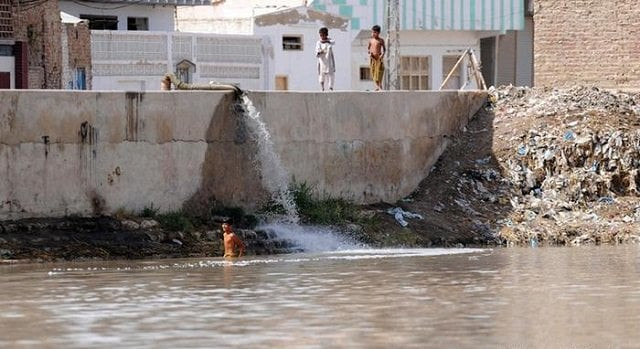
The Indus one of Asia's largest rivers, it flows through parts of India and Pakistan into the Arabian Sea, supporting millions of people. While much plastic enters rivers because of a lack of waste infrastructure, sewage systems contribute too. PHOTO: DW
World Earth Day: Give up use of plastic and save the environment
Two of the rivers are in Africa - the Nile and the Niger - while the others are in Asia. The plastic that reaches the world's oceans gets flushed through these rivers: The Yangtze, the Indus, Yellow River, Hai River, the Nile, the Ganges, Pearl River, Amur River, the Niger, and the Mekong, in that order.
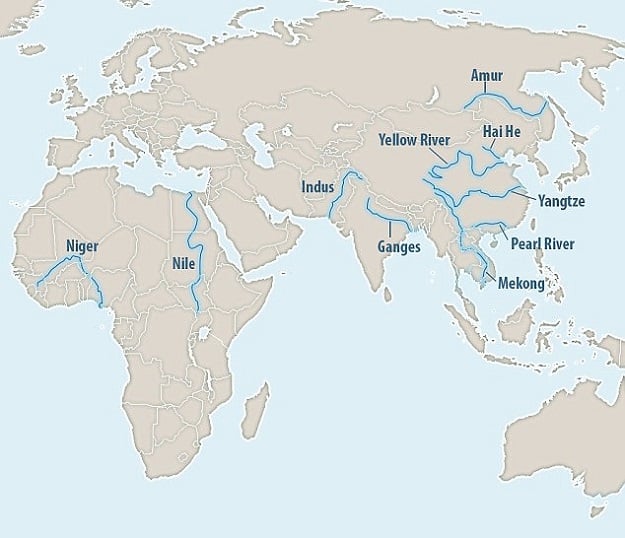 The top 10 rivers - eight of which are in Asia - accounted for so much plastic because of the mismanagement of waste. PHOTO: DAILY MAIL
The top 10 rivers - eight of which are in Asia - accounted for so much plastic because of the mismanagement of waste. PHOTO: DAILY MAILAccording to a new research, the mismanagement of waste accounted for 88 per cent to 95 per cent of the total global waste floating in the sea, about five trillion pounds of plastic.
By targeting rivers such as the Yangtze in China the worst offender, and the Ganges in India, plastic pollution could almost halve.
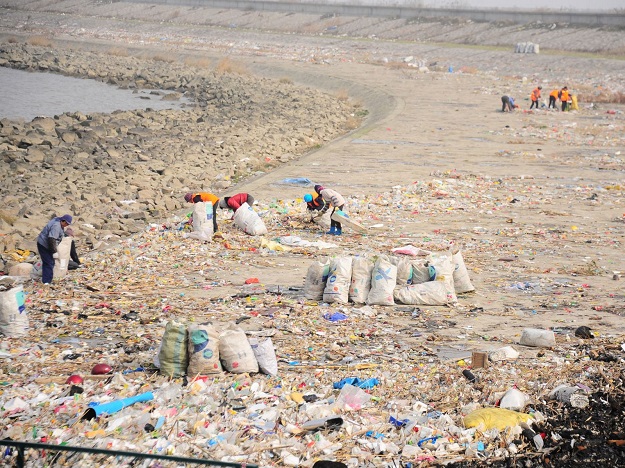 The Yangtze is Asia's longest river and the third-longest river in the world. It also tops the list of river systems through which the most plastic waste flows into the oceans, according to the study. PHOTO: DAILY EXPRESS
The Yangtze is Asia's longest river and the third-longest river in the world. It also tops the list of river systems through which the most plastic waste flows into the oceans, according to the study. PHOTO: DAILY EXPRESSThe river Indus, one of the longest rivers in Asia is polluted as a result of litter, untreated agricultural, industrial and municipal waste.
These rivers have a few key things in common. All of them run through areas where a lot of people live, hundreds of millions of people in some cases.
Scientists calculated that halving plastic pollution in these waterways could potentially reduce the total contribution from rivers by 45 per cent.
Massive amounts of plastic bits that imperil aquatic life are washing into the oceans and even the most pristine waters. But how it all gets there from inland cities has not been fully understood.
Dr Christian Schmidt, a hydrogeologist at Helmholtz-Centre for Environmental Research (UFZ) in Leipzig, Germany, told the Daily Mail, “A substantial fraction of marine plastic debris originates from land-based sources and rivers potentially act as a major transport pathway for all sizes of plastic debris.”
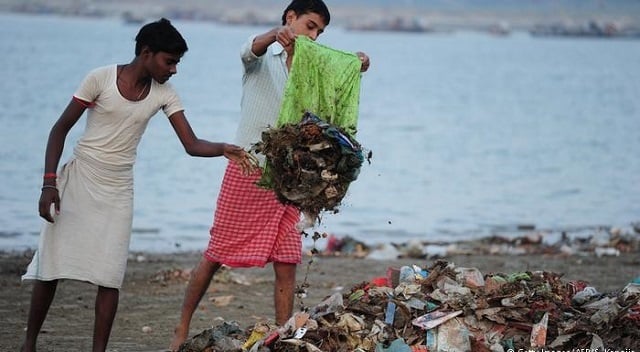 The Ganges is central to Indian spiritual life and provides water to more than half a billion people. Sewage, agricultural and industrial waste have made it one of the world's most polluted rivers, as have the multitudes of plastic that end up in it. PHOTO: DW
The Ganges is central to Indian spiritual life and provides water to more than half a billion people. Sewage, agricultural and industrial waste have made it one of the world's most polluted rivers, as have the multitudes of plastic that end up in it. PHOTO: DWHis team analysed data on debris from 79 sampling sites along 57 rivers - both microplastic particles measuring less than 5mm and macroplastic above this size. They said microplastics, in particular, can damage the health of marine life but cleaning it all up would be impossible.
However, stemming the tide could help reduce the potential harm. Dr Schmidt said to do this, researchers need a better understanding of how plastic makes its way into the oceans in the first place.
Rivers which flow from inland areas to the seas are major transporters of plastic debris but the concentration patterns aren't well known. The findings could help fill in this knowledge gap.
Dr Schmidt pooled data from dozens of research articles and calculated that the amount in rivers was linked to the 'mismanagement of plastic waste in their watersheds.'
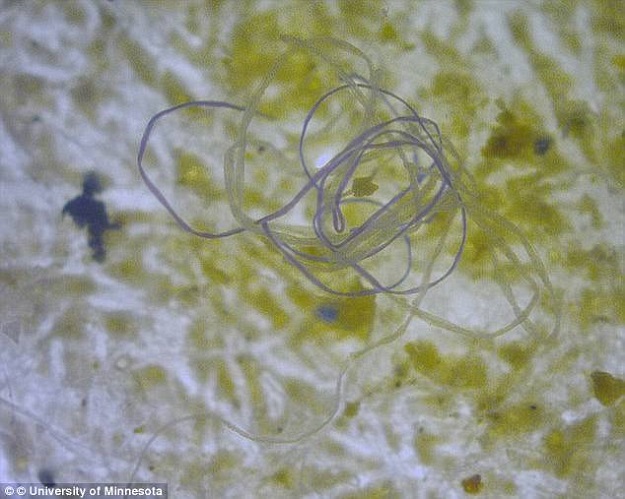 His team analysed data on debris from 79 sampling sites along 57 rivers - both microplastic particles (pictured) measuring less than 5 mm and macroplastic above this size. PHOTO: DAILY MAIL/ UNIVERSITY OF MINNESOTA
His team analysed data on debris from 79 sampling sites along 57 rivers - both microplastic particles (pictured) measuring less than 5 mm and macroplastic above this size. PHOTO: DAILY MAIL/ UNIVERSITY OF MINNESOTAHe said in the interview with the Daily Mail, “The 10 top-ranked rivers transport 88 to 95 per cent of the global load into the sea.”
The study follows a recent report that pointed the finger at China, Indonesia, the Philippines, Thailand and Vietnam for spewing out most of the plastic waste that enters the seas.
The Yangtze has been estimated in previous research to dump some 727 million pounds of plastic into the sea each year. The Ganges River in India is responsible for even more - about 1.2 billion pounds.
A combination of the Xi, Dong and Zhujiang Rivers (233 million pound per year) in China as well as four Indonesian rivers: the Brantas (85 million pound annually), Solo (71 million pound per year), Serayu (37 million pound per year) and Progo (28 million pound per year), are all large contributors.
Previous research has also suggested two-thirds of plastic comes from the 20 most contaminated rivers. But Dr Schmidt reckons this can be narrowed down even further.
‘We need to take care of mother nature’
He told the Daily Mail, “The rivers with the highest estimated plastic loads are characterised by high population - for instance the Yangtze River with over half a billion people. These rivers are also in countries with a high rate of mismanaged plastic waste (MMPW) production per capita as a result of a not fully implemented municipal waste management including waste collection, dumping and recycling.”
“The data shows large rivers are particularly efficient in transporting plastic debris. Large rivers like the Yangtze transport a higher fraction of the MMPW that is generated in their catchments than smaller rivers,” he added.
These three factors lead to the estimated concentration of most of the plastic load to large rivers with a large population living in their catchment. Countries with high MMPW generation such as China or India could greatly reduce the plastic pollution of rivers by implementing proper waste management.
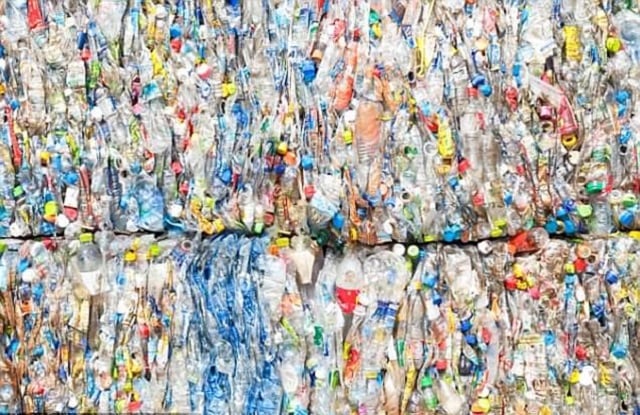 Previous research has also suggested two-thirds of plastic comes from the 20 most contaminated rivers. But Dr Schmidt reckons this can be narrowed down even further. PHOTO: DAILY MAIL
Previous research has also suggested two-thirds of plastic comes from the 20 most contaminated rivers. But Dr Schmidt reckons this can be narrowed down even further. PHOTO: DAILY MAIL“In industrial countries, although they have a well-developed waste management infrastructure, one way for plastic waste entering the environment is littering,” said Schmidt.
Pollution costs more than £6 billion ($7.9 billion) in damage to marine ecosystems and kills an estimated one million seabirds, 100,000 sea mammals and untold numbers of fish.
Dr Schmidt said in the interview, “Pollution of the marine environment with plastic debris is widely recognised and is of increasing ecological concern because of the chemical persistence of plastics and their mechanical fragmentation to so-called microplastics which can be ingested by even small organisms such as zooplankton.”
Schmidt continued, “Beyond the long recognised occurrence of plastic debris in the marine environment plastic debris has been more recently detected in freshwater environments and can be found even in pristine, remote locations.”
Protecting the planet
He added, “The high fraction of a few river catchments contributing the vast majority of the total load implies that potential mitigation measures would be highly efficient when applied in the high-load rivers. Reducing plastic loads by 50 per cent in the 10 top-ranked rivers would reduce the total river-based load to the sea by 45 per cent.”
Schmidt concluded, “Our analysis reveals that plastic loads of large rivers disproportionately increase in relationship to the increase of plastic debris available for transport.”
This article first appeared on the Daily Mail.



















COMMENTS
Comments are moderated and generally will be posted if they are on-topic and not abusive.
For more information, please see our Comments FAQ